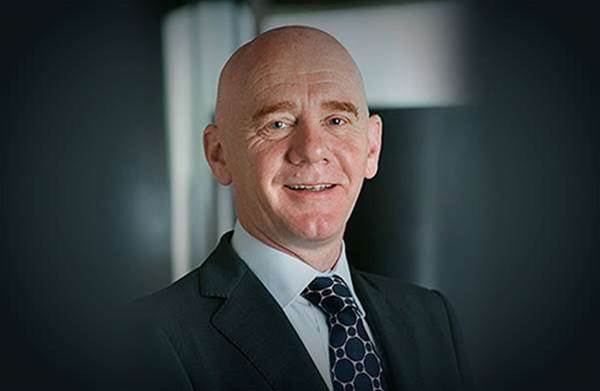After watching artificial intelligence fall short of its promises in the ‘90s, ANZ chief technology officer Patrick Maes is hopeful that the technology is finally ready to shine.

Maes – who holds a Master in AI and cognitive science – spent the early part of that decade leading an AI team at AXA Bank Europe, which oversaw the development of “intelligent advisory and modelling systems”.
“We were pioneering this technology,” Maes told iTnews on the sidelines of the launch of the CXO Challenge report, a joint study by iTnews and ACS.
“Our experts became better experts [with the aid of this technology].”
Yet despite the promise, AI didn’t reach the heights many had predicted.
“In the ‘80s we had that view of AI and cognitive machines really changing the world,” Maes said.
“I was highly disappointed when the year 2000 came, because not that much had changed in 20 years.
“Now, almost 35 years later, [AI is] popping up again and I'm a bit more hopeful, because 35 years ago we didn't have the data, we didn't have the big computing power and the storage capability, and networks were not at the same level.”
The openness of the AI community today is also encouraging, according to the CTO.
“I can remember in the ‘80s when I took [on] my first neural net[work], I had to import the software from the US because only the US was providing it,” Maes said.
He recalls being forced to jump through hoops to satisfy US authorities that he wasn’t interested in using the technology for “spying” or other nefarious reasons.
“Getting the software back then was extremely difficult,” he said. “Now it's in open source. That’s a big advantage.”
One of the immediate advantages is choice. Where in the past Maes had “one or two” AI models at his disposal, there are now many more options, depending on the application.
“Recently we did a project with university students predicting cash flows for large corporates,” Maes said.
“We have big clients that have cash-flow shortage or surpluses, so we said if we could predict that it would help them in their cash-flow and working capital management. The students had the luxury in choosing from multiple models.”
One of the potential downsides of this choice is that it could be harder to source skilled people to work with such a range of specialised models, Maes said.
“Applying the right model for the right solution is a skill and a science,” he said. “So while we have more ability, we also created more complexity that makes it even more difficult than it was 20 years ago using cognitive computing.”
The question of skills availability isn’t new to the AI space – Maes himself sees it as the lone bottleneck from earlier AI quests that is yet to be resolved.
“We can have the best computing power and cloud service provisioning in the world, but if you don't have the people who can build the intelligent systems and cognitive machines then it's pretty useless technology,” he said.
Augmenting people
A common theme in Maes’ work at AXA – and now ANZ – is finding applications of AI that augment what people do, rather than try to replace them.
“Let me be very clear - it's not about replacing people,” he said. “It never will be.”
The last part of that is perhaps controversial, at least in AI circles. Some proponents believe in the concept of technological singularity, where AI effectively becomes smarter than humans.
“I think we are very far away from that because the effort to train a robot or a cognitive machine in doing something that’s close to human thinking is pretty hard,” Maes said.
Instead, he sees the benefit of AI as the realisation of a new 80/20 rule – one in which intelligent systems might one day take over 80 percent of the gruntwork presently performed by people, allowing those people to refocus their efforts on the 20 percent of the job that “requires more deeper know-how".
“It is very advantageous for people in general because by releasing them from the typical monotone and repetitive work where it's almost done in an automatic fashion, you give people time to increase their learning by focusing on the very tough questions,” he said.
ANZ’s global wealth group signed on to use IBM’s Watson technology in October last year.
The application is more or less machine learning, where Watson is fed data to ‘learn’ what people might ask a financial planner, so it can spit out an appropriate response when queried.
Maes calls what ANZ is doing with Watson “absolutely leading edge”, but he knows the technology is only the tip of the iceberg in what AI might eventually bring to ANZ’s environment.
Future applications of AI are likely to have a level of sophistication beyond plugging data into a system that uses it to make appropriate recommendations.
“That’s I think the entry level [to AI]," he said. "But it's certainly helping our students and employees build up their expertise."
Are you an IT leader? Time's running out to get the credit you deserve. Enter the Benchmark Awards today.


.png&h=140&w=231&c=1&s=0)
_(20).jpg&h=140&w=231&c=1&s=0)






 iTnews Executive Retreat - Security Leaders Edition
iTnews Executive Retreat - Security Leaders Edition











_(1).jpg&h=140&w=231&c=1&s=0)



